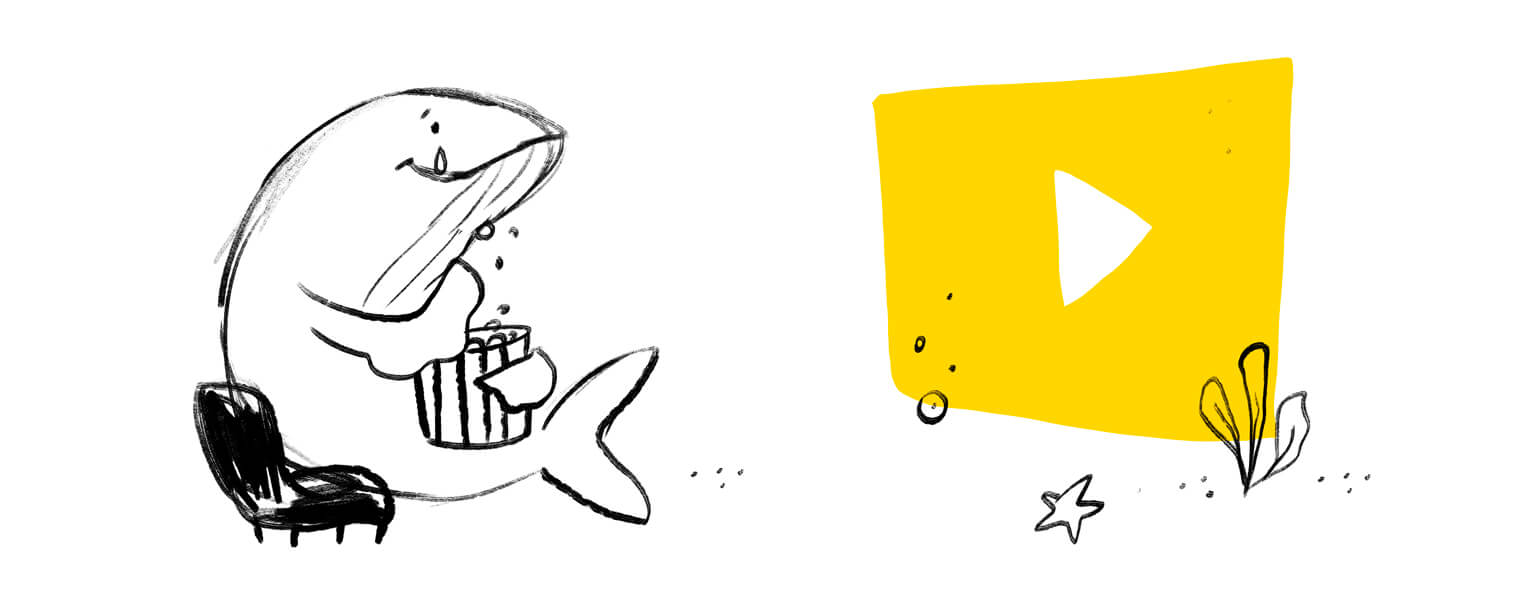Visuals can be the key to unlocking science for non-expert audiences. Telling science stories with visuals is not just about illustrating: visuals can tell the story for you – and ensure it’s remembered forever.
How many words does it take to explain a complex matter? Try zero.
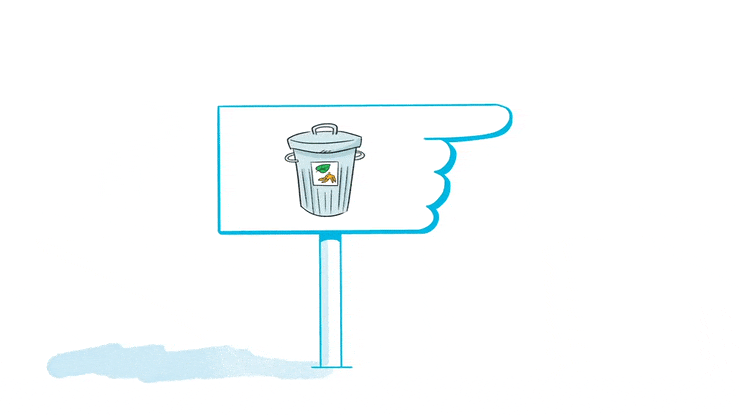
Make Mothers Matter & Cartoonbase – Circ4Life
Even when it takes a little more explanation than that, visuals play an important role in scientific storytelling.
Visuals help make complicated issues understandable and memorable in multiple ways. They can provide context, explanation, illustration, concrete examples, metaphors, emotional connection – and all that at the same time.
Visuals bring narratives to life and turn abstract data into real-life concepts. They can even make visible precisely those things we cannot show.
Here’s all you need to know about telling science stories with visuals.
Contents
Visuals to tell your science story: why, and how?
“Art, when it’s really good, doesn’t imitate or mirror the text. Rather, it adds a new dimension that goes way beyond the words”
Patricia Gauch, children’s book writer and editor
Whether fairy tales or true stories of scientific exploration and discovery: combining visuals and words is not about telling the same story twice.
Research compiled over half a century has consistently shown that pictures help students learn from text. But not any kind of picture. Researchers studied how the images fostered understanding and drew up a list of ‘ten tenets’ for teachers, based on their findings.
This list offers guidance not just to teachers, but anyone communicating on complex issues and telling science stories with visuals.
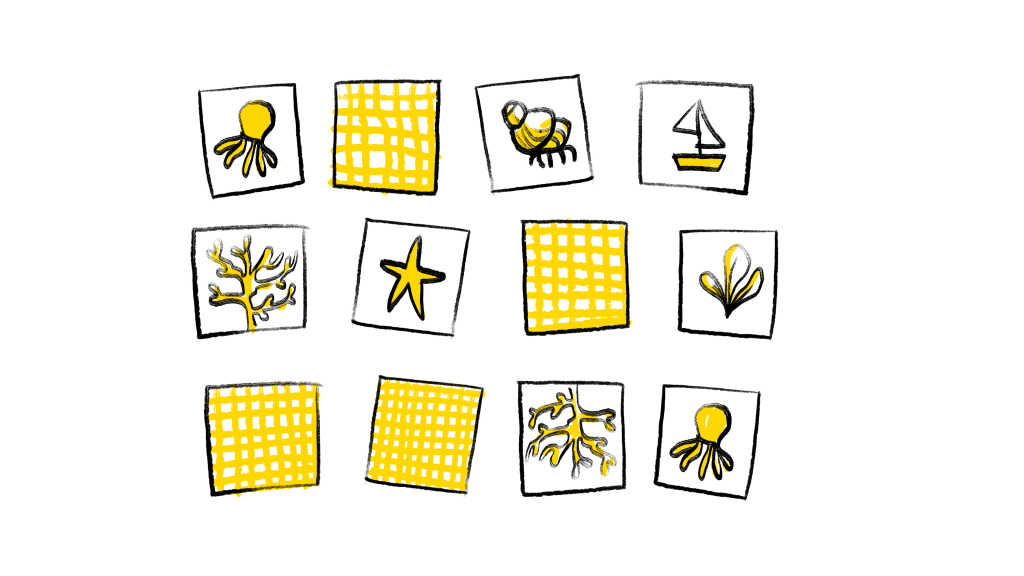
The 10 principles of illustrated learning
Text and illustration should be complementary. Decorative images can make your content more attractive, but will not help understanding.
Good stories speak for themselves – whether as text, or images. In other words, a captivating spoken or written narrative does not need to be explained by visuals, and a strong visual narrative does not need to be explained in a voice-over. Try working out complementarity instead.
Memorisation can be strengthened through well-selected images. Illustrations will ensure your content is remembered.
When choosing a visual, ask yourself what you want to achieve with it. Do you want to make your story more concrete? Coherent? Easier to understand? To remember? This will impact the choice of illustration – for instance between a concrete example, recognisable characters, infographics or inspirational imagery.
The more complex the text, the more likely that pictures are helpful! Especially when addressing non-experts, pictures serve as ‘mental models’ to link cause and effect, for instance.
Inviting the audience to interact with the visual can provide extra benefits. Think of ‘serious games’ where users add labels or choose where the character goes next. This type of process ensures content is directly applied to a practical example, and therefore remembered.
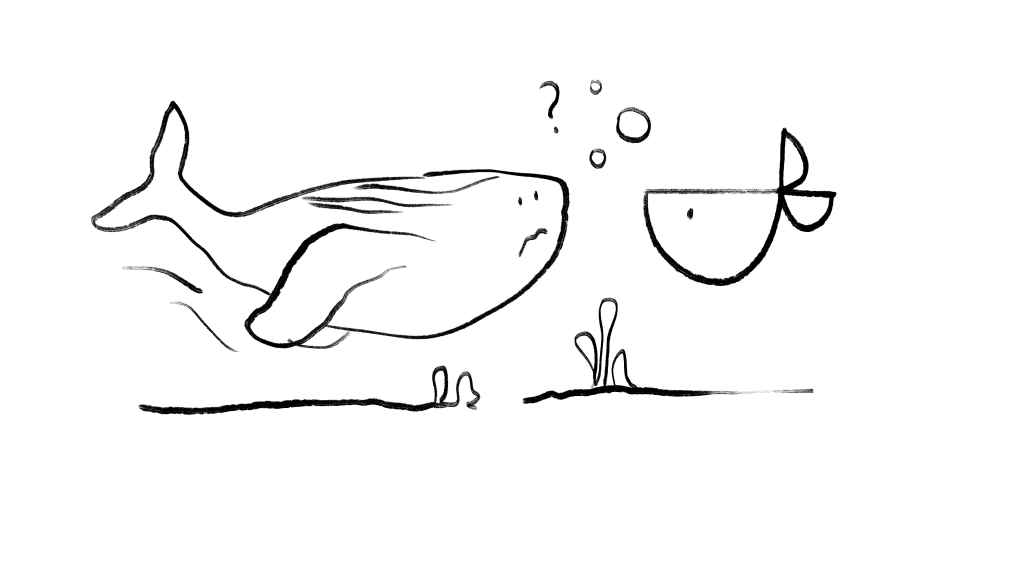
When together on a screen, it helps to put text and illustrations close together. This will make it easier for the brain to make the logical link.
Visuals will cater to ‘visual learners’. Some people are better at digesting information when it’s presented in visual form. Using visuals to complement other forms of explanation will help you make sure you reach those people, too.
Just like words, visual information must be easy to ‘read’. Make sure your illustrations provide the right clues, a narrative thread – and don’t overload.
Keyword illustrations help memory. Accompanying difficult or important words and concepts with a concrete illustration helps to remember them.
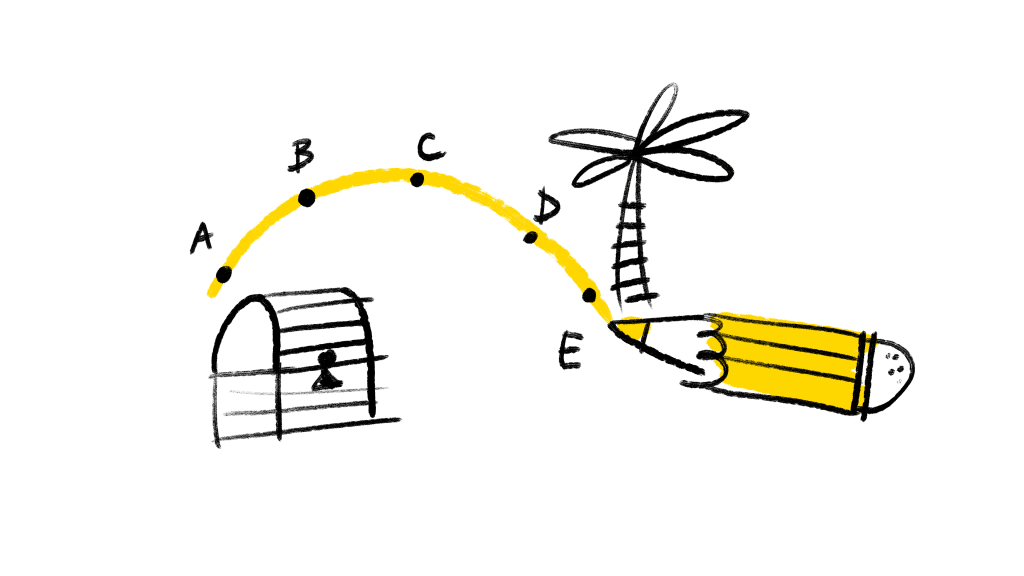
Science, truth & video: stories that make the world a better place
Could a good story help save the whales? Yes, says a group of scientists, who joined forces with communication experts to use the power of video to tell a science story with deep consequences.
The sad irony of whale watching is that this giant industry threatens to destroy what its clients love most, as boats full of whale-watchers disturb the animals’ natural habitat.
The scientists decided to explore the potential of telling science stories with visuals to address this. Drawing lessons from marketing communication, they created a framework to tell visual stories about science, using short-format videos.
It defines six concrete elements for creating science stories in video format:
1. Focus on what’s important
One of the main principles of audiovisual science, simplification is about defining priorities and a core idea, rather than dumbing down the topic.
The core idea will serve as a hook to draw the audience in, ensuring the core message is understood and remembered. In the case of whale watching, for instance, the core idea is that whale watching can be harmful to whales – the core message being that whale watchers risk destroying the whales’ habitat if they don’t act respectfully.
How to simplify without dumbing down

2. Deliver something unexpected
Science content is about revealing the unknown, based on discovery and revelation – all of which are basic ingredients of good storytelling.
How to use it in science communication? Play with the audiences’ expectations, reveal gaps in their knowledge (creating an emotional need) and then fill those gaps.
The very act of asking a question can help to drive a message home – surprise viewers by starting with a question rather than telling them how to act. For instance, asking “Could whale watching destroy what you love most?” is likely to get you more views than leading with “Stop harmful whale watching practices”.
The ‘teasing’ approach using a question is also more likely to trigger changes in behaviours. Most of us have a rebellious streak, it seems…
Surprise and other key ways to ensure your message is remembered
3. Make it concrete
Concrete information is easier to retrieve and to remember than abstract concepts. Visual storytelling is an ideal way to translate abstract ideas into concrete, real-world things the audience can relate to.
Concrete examples will boost understanding, memory and emotional connection – all three reinforcing each other.
Why 2D animation is a great tool for making abstract concepts concrete
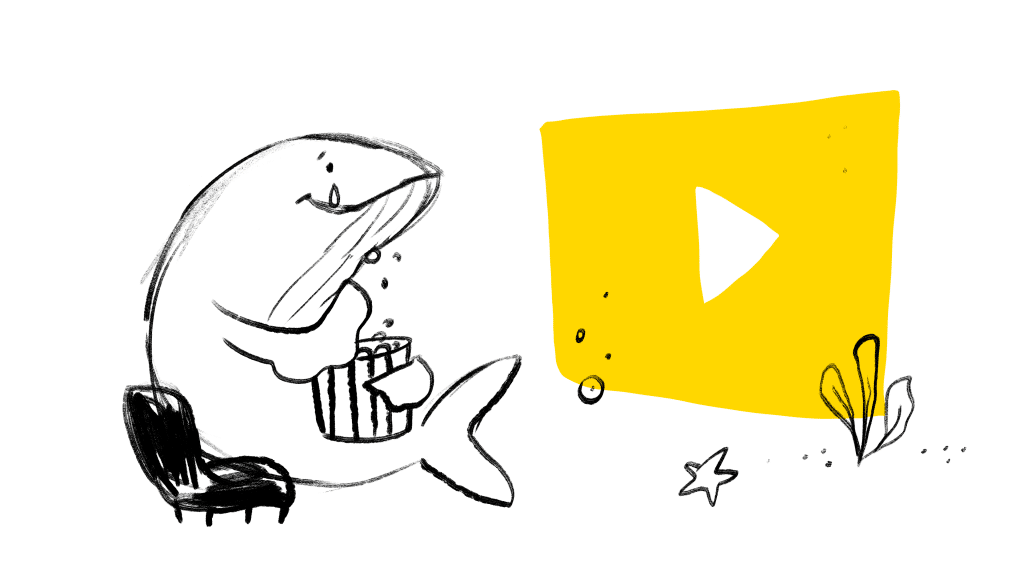
4. Ensure credibility
Talking about science is a good starting point for credibility. Generally speaking, you’ll need to have the authority or prove what you say to make your audiences believe you.
To do so, make sure you quote your sources. In the case of video, consider interviewing well-known researchers – or other high-profile speakers. Endorsements from well-known and liked personalities or simply sympathetic characters will help amplify your message by lending it credibility.
5. Show emotions
Authenticity is key. Showing authentic human reactions will further support your credibility.
The most effective form of science storytelling in videos is to create content that displays and evokes emotions such as hope and awe. It’s better to avoid negative emotions such as sadness or fear, which are less likely to be shared.
Humanitarian Impact Bond: a message of hope

6. Work out the “And-but-therefore”
Short video formats are a great fit for telling short stories about science. The researchers behind this study suggest using a simple format called “And-but-therefore”, a narrative device developed specifically for science communication by biologist Randy Olson.
The idea: the verifiable facts (X AND Y) collide (BUT), requiring a solution (THEREFORE).
Case study
And-But-Therefore: why we need actionable data to feed the world
Here’s how we used the And-But-Therefore narrative arc at Cartoonbase to help one client explain how their highly technical line of business could serve humanity.
Video: Actionable data for agriculture made affordable
Client: ScanWorld
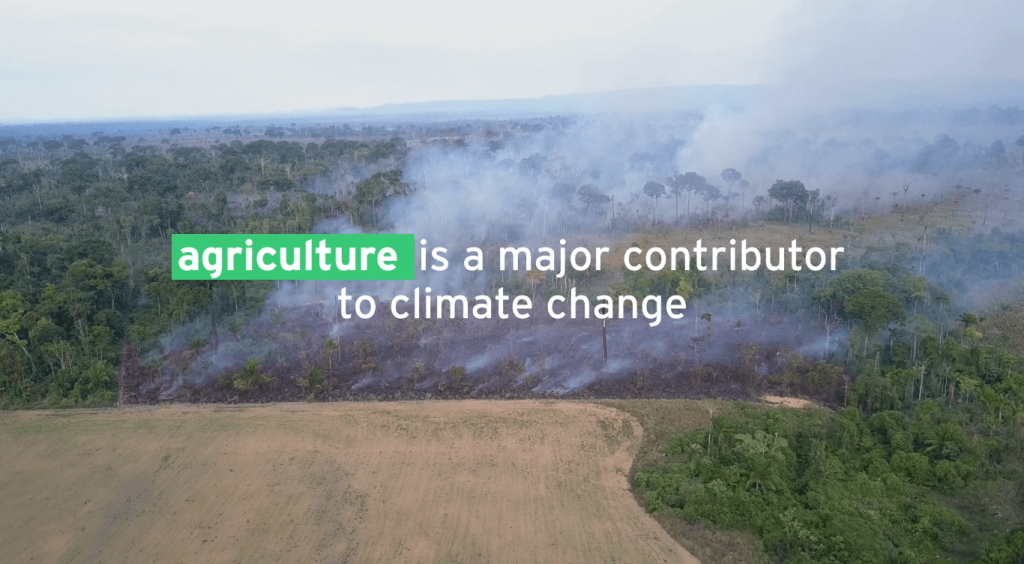
Farming and climate change are closely interlinked
AND
Hyperspectral imagery can make it more sustainable, helping farmers detect diseases early, assess water needs etc.
BUT
This technology is too expensive and not scalable
THEREFORE
ScanWorld is developing a product 100 times cheaper, provide images for any place on earth, without local infrastructure
So what about the whales? The researchers created a short video about ‘good whale watching’ applying the six principles outlined above. They showed it to a test audience who was later surveyed. 93.6% of respondents said watching it would impact their choice of tour operator.
Looking for help to tell science stories with visuals?
Illustrations: Alix and Silvia
